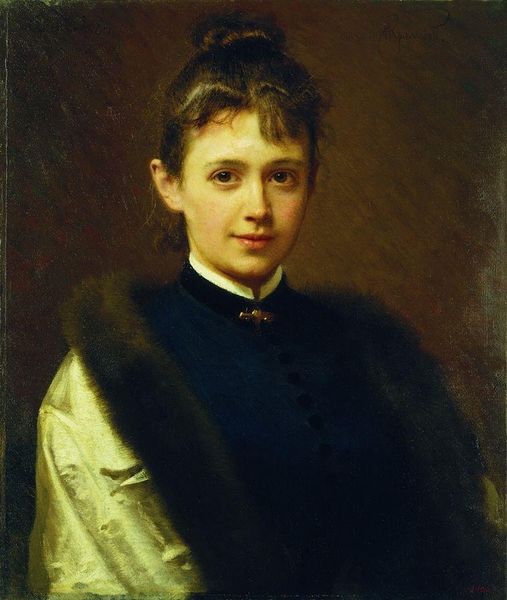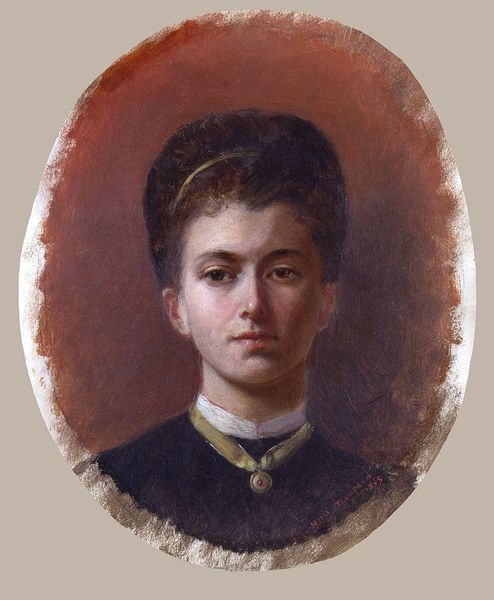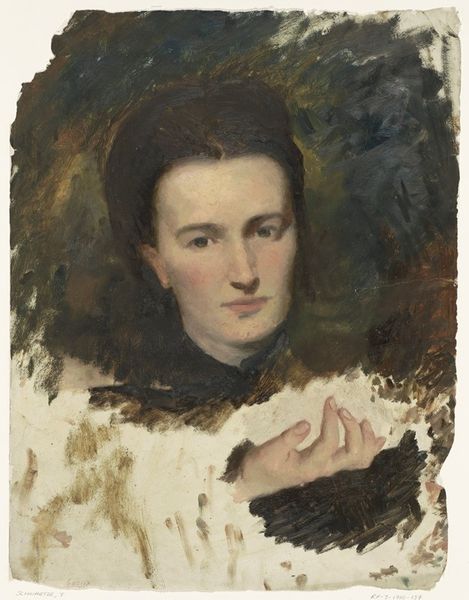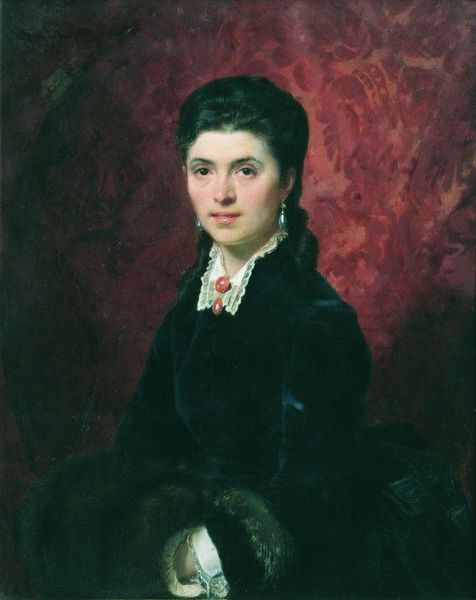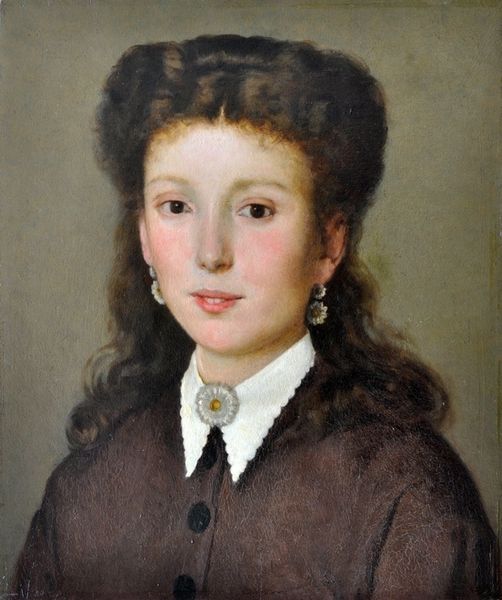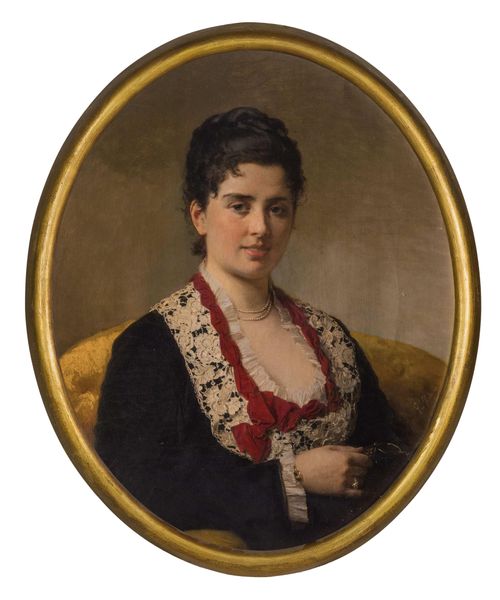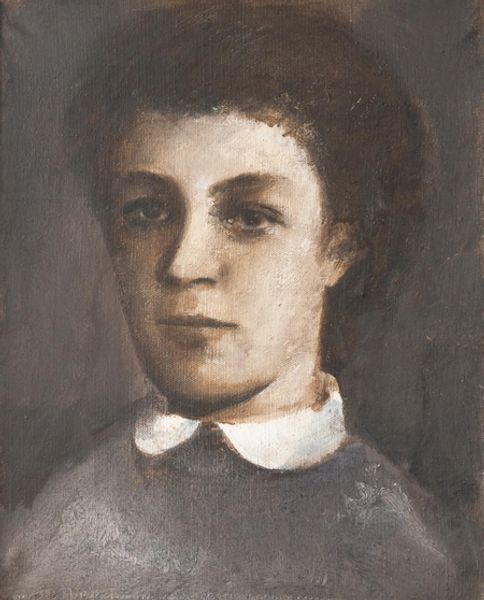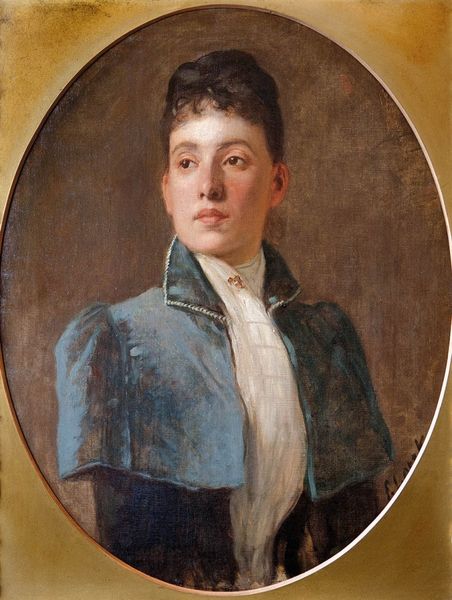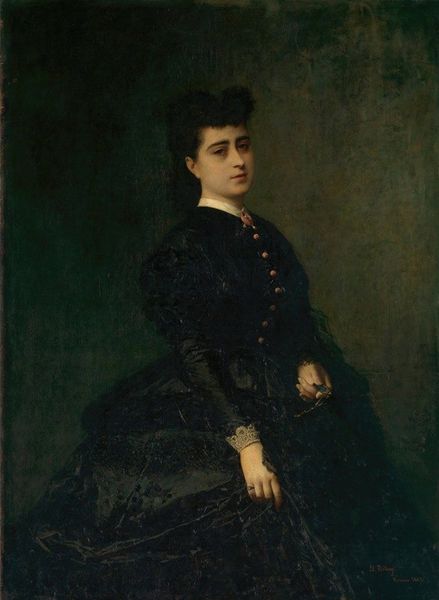
painting, oil-paint
#
portrait
#
portrait image
#
portrait
#
painting
#
oil-paint
#
portrait reference
#
portrait head and shoulder
#
portrait drawing
#
genre-painting
#
facial portrait
#
academic-art
#
lady
#
portrait art
#
modernism
#
fine art portrait
#
realism
#
celebrity portrait
#
digital portrait
Copyright: Public domain
Albrecht Anker painted this portrait of Therese von Wyttenbach-von Fischer, sometime in the nineteenth century. It gives us an intriguing glimpse into the social world of the Swiss bourgeoisie at that time. Portraits like this were more than just likenesses; they reinforced social standing. The sitter’s restrained pose and dress, combined with Anker’s realistic style, speak to the values of the Swiss upper middle class. Anker was known for his genre paintings of Swiss rural life. Here, he turns his attention to the urban elite, depicting a woman of evident refinement. Historical records, like family papers and social registers, could reveal more about Therese’s life and the circumstances of this commission. Anker’s biography, exhibitions records, and critical reviews can also give clues about how this portrait fits into the broader history of Swiss art and society. Approaching art history in this way helps us understand how art is deeply embedded in its time.
Comments
No comments
Be the first to comment and join the conversation on the ultimate creative platform.

